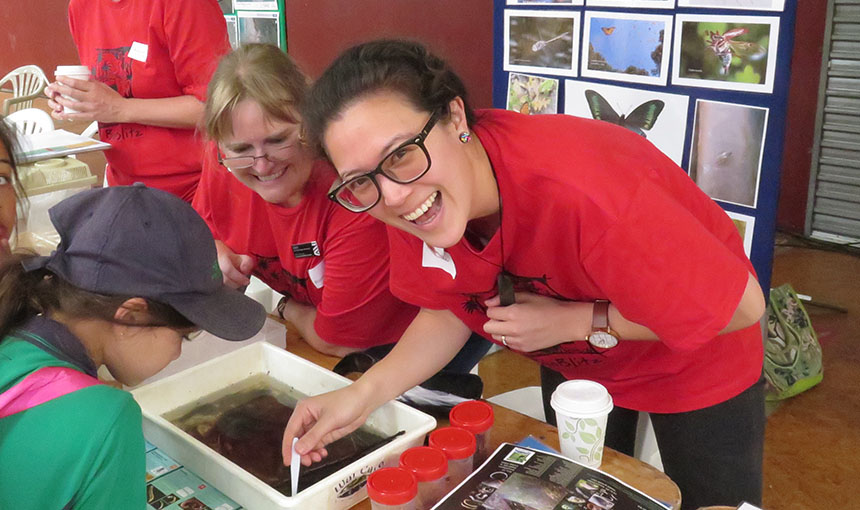How viewpoints shape land use changes
The One Billion Trees programme and other climate-saving initiatives promise to change Aotearoa’s landscape forever, but how do people feel about it?

Dr Leilani Walker (Whakatōhea) is part of a new project from the Challenge’s Farming & Nature Conservation team that will look at how, and where, is best to grow native canopy trees.
This Living Laboratory project will have three, five-hectare restoration sites, set up with funding from Auckland University of Technology (AUT).
Leilani will look at how land owners perceive potential land use changes, such as reforestation, and how these perceptions might affect how likely they are to adopt changes.
“I’m going to be conducting interviews with land owners and managers from a range of contexts to try and understand these perceptions and how they may differ for exotic as opposed native reforestation,” says the AUT Postdoctoral fellow.
“Hopefully in understanding the perceived benefits, risks and knowledge gaps for different kinds of reforestation, we can figure out what is needed to ensure that reforestation initiatives are adequately tailored to suit land owners. Also, what we need to achieve the kind of reforestation that delivers the desired social, cultural, environmental and economic outcomes.”
Having completed a PhD in animal biology, Leilani has a soft spot for native fauna which has sparked an interest in how people view the natural world around them. She’s looking forward to finding out how these viewpoints contribute to our conversations about land use and conservation.
Creating resilient, thriving environments is one of BioHeritage’s big goals and Leilani’s work is contributing toward this.